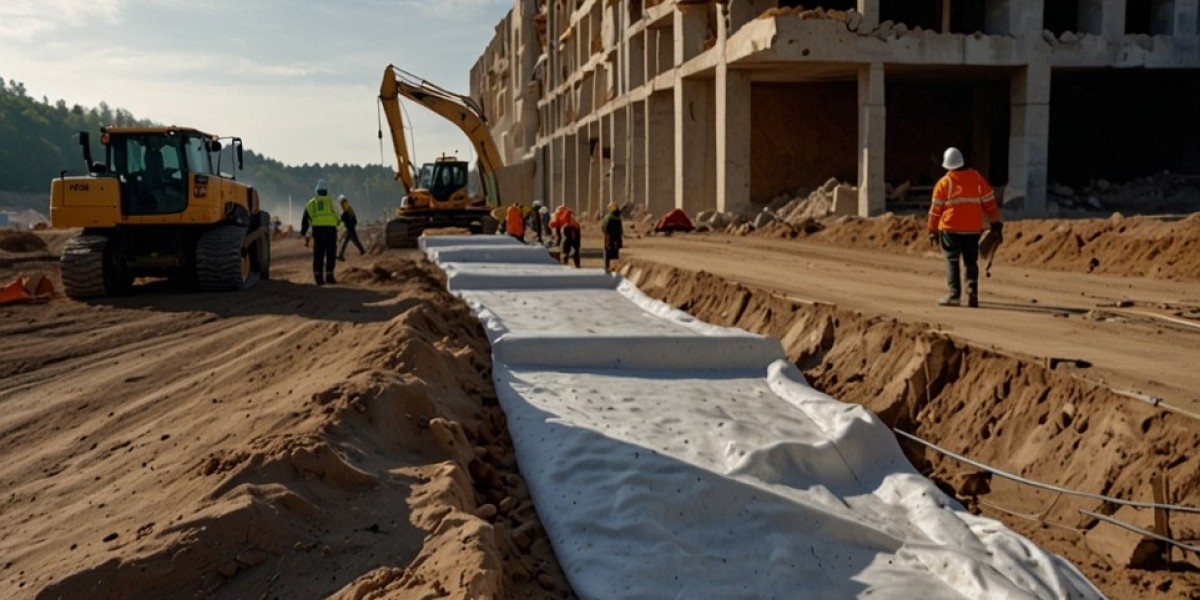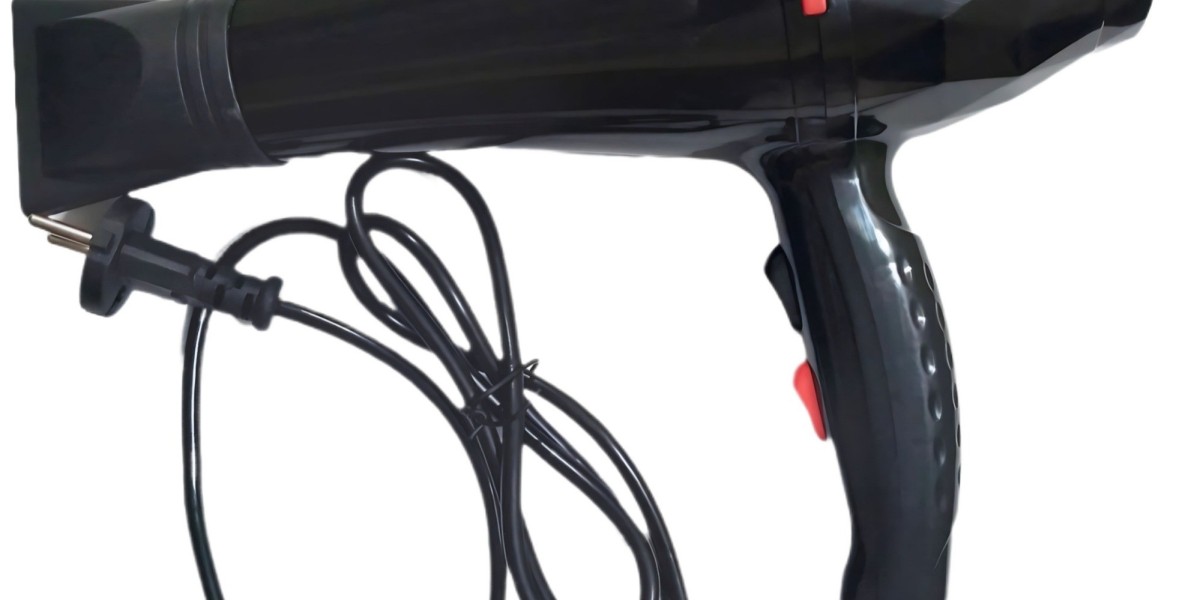The construction and infrastructure industries are constantly evolving, with new materials and technologies improving project efficiency and durability. One such innovation that has become a game-changer is geotextile fabric. This versatile material is widely used in large-scale projects, providing essential functions such as soil stabilization, filtration, drainage, and erosion control. As the demand for cost-effective and sustainable solutions grows, geotextile fabric is proving to be a crucial component in modern infrastructure development.
In this blog, we will explore the different types of geotextile fabric, its key applications in construction, and the benefits it offers to businesses involved in large-scale projects.
Understanding Geotextile Fabric
What is Geotextile Fabric?
Geotextile fabric is a permeable textile material made from synthetic fibers such as polypropylene and polyester. It is engineered to improve the stability and longevity of infrastructure projects by reinforcing soil, enhancing drainage, and preventing erosion.
Types of Geotextile Fabric
There are two main types of geotextile fabric:
Woven Geotextiles: Made by weaving polypropylene fabric together, these fabrics are strong and durable, making them ideal for soil stabilization and load distribution in road construction and railways.
Non-Woven Geotextiles: Manufactured by bonding polypropylene fibers using heat or chemical processes, these fabrics offer excellent permeability and are widely used for drainage, filtration, and erosion control.
By selecting the right type of geotextile fabric, businesses can ensure optimal performance for their projects.
2. Applications in Construction & Infrastructure
Road Construction
Geotextile fabric plays a critical role in road construction by enhancing soil stability, reducing rutting, and preventing the mixing of aggregates with underlying soil. This helps extend the lifespan of roads and highways while reducing maintenance costs.
Railway Projects
Railways require a stable and well-drained foundation. Geotextile fabric improves track stability by preventing soil movement and enhancing drainage, ensuring safer and more reliable railway infrastructure.
Erosion Control
Erosion is a major concern in construction, especially in areas with steep slopes or heavy rainfall. Geotextile fabric is used to protect embankments, riverbanks, and coastal structures from soil erosion, helping maintain structural integrity.
Landfills & Waste Management
Geotextile fabric acts as a protective barrier in landfill sites, preventing contamination by separating different soil layers and enhancing filtration. It helps manage leachate movement, improving environmental sustainability in waste management.
Drainage Systems
Efficient drainage is crucial for infrastructure longevity. Non-woven geotextile fabric is used in drainage applications to allow water to pass through while preventing soil particles from clogging the system. This enhances the efficiency of drainage systems in roads, tunnels, and retaining walls.
Benefits of Using Geotextile Fabric in B2B Projects
Cost Efficiency
By reinforcing soil and preventing erosion, geotextile fabric reduces maintenance and repair costs for infrastructure projects, leading to long-term savings for businesses.
Durability & Strength
Woven geotextiles offer high tensile strength, making them ideal for heavy-duty applications such as road and railway construction, ensuring long-lasting performance.
Environmental Benefits
Many geotextile fabrics are made from polypropylene, which is known for its durability and resistance to environmental degradation. This contributes to sustainable construction practices by reducing material waste and improving efficiency.
Improved Load Distribution
By preventing soil displacement and providing reinforcement, geotextile fabric enhances load-bearing capacity, making it an essential component in large-scale infrastructure projects.
Ease of Installation
Geotextile fabric is lightweight and easy to transport, making installation quick and cost-effective, especially in remote or challenging construction sites.
How to Choose the Right Geotextile Fabric for Your Project
Selecting the right geotextile fabric depends on several factors:
Project Type: Determine whether you need soil stabilization, filtration, drainage, or erosion control.
Strength Requirements: Woven geotextiles are best for high-strength applications, while non-woven geotextiles are suitable for drainage and filtration.
Permeability: Ensure the fabric allows proper water flow if used in drainage applications.
UV Resistance: For outdoor applications, UV-resistant geotextiles offer better longevity.
Industry Standards: Look for certifications to ensure quality and compliance with industry regulations.
Future Trends & Innovations in Geotextile Fabric
Advanced Materials
New developments in geotextile fabric include bio-based and recycled materials, making them more environmentally friendly.
Smart Geotextiles
Innovations such as sensor-integrated geotextiles are being developed to monitor soil movement, stress, and environmental conditions in real-time, improving infrastructure safety.
Growing Demand in Emerging Markets
With the rise of urbanization and infrastructure development in developing countries, the demand for geotextile fabric is expected to grow, offering new opportunities for B2B suppliers.
Geotextile fabric has become an indispensable material in modern construction and infrastructure projects. Its ability to reinforce soil, prevent erosion, improve drainage, and enhance durability makes it a cost-effective and sustainable solution for B2B businesses.
By understanding the different types, applications, and benefits of geotextile fabric, companies can make informed decisions to enhance project efficiency and longevity. As the industry evolves, new advancements in geotextile fabric will continue to drive innovation in construction and infrastructure.
For businesses looking to source high-quality geotextile fabric, partnering with reliable manufacturers and suppliers is key to ensuring long-term project success.










